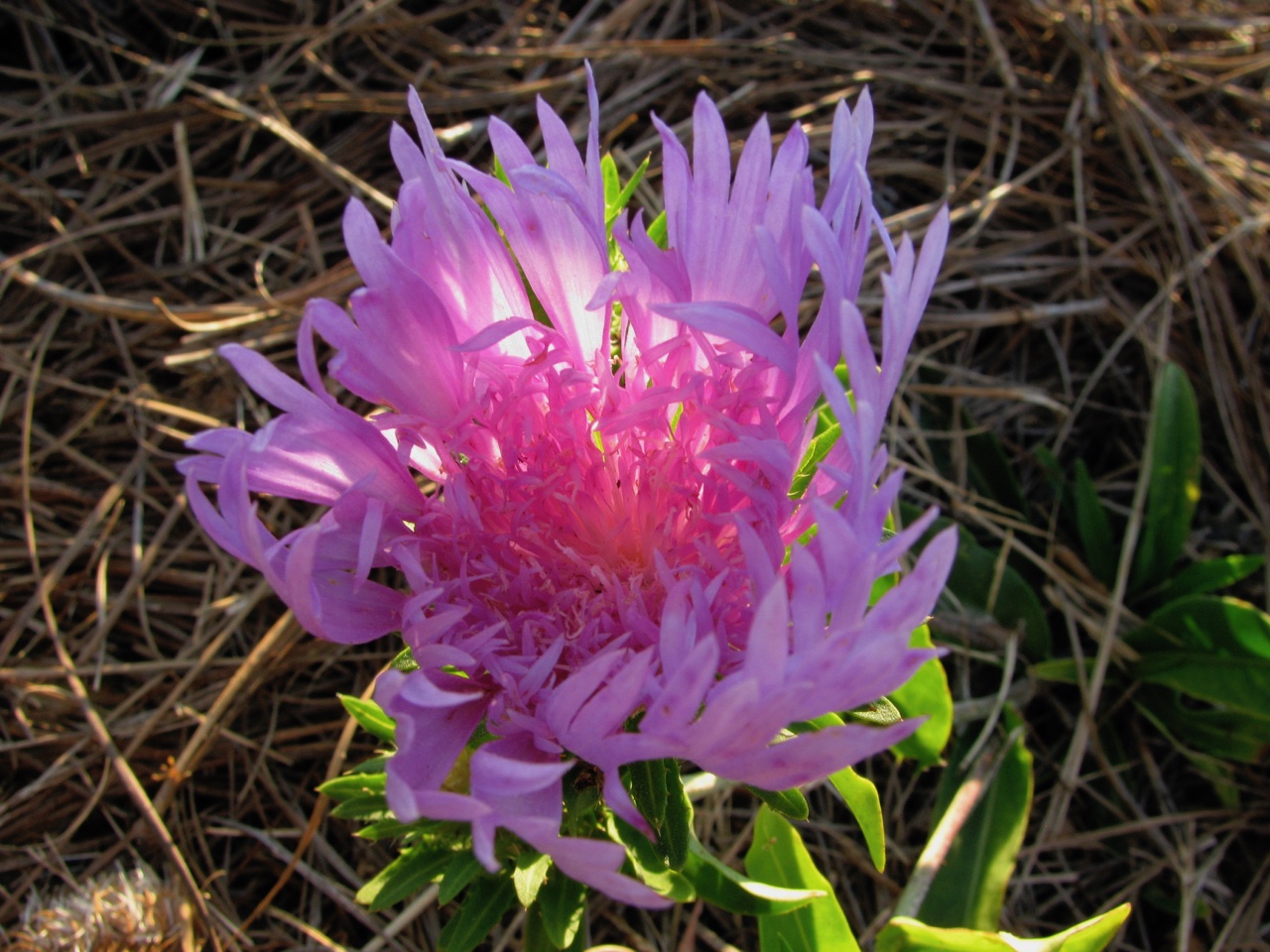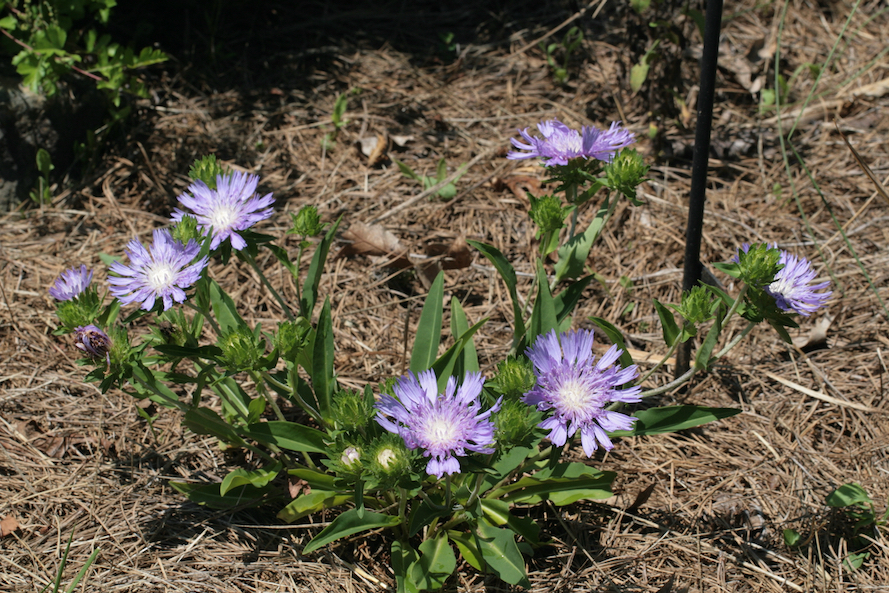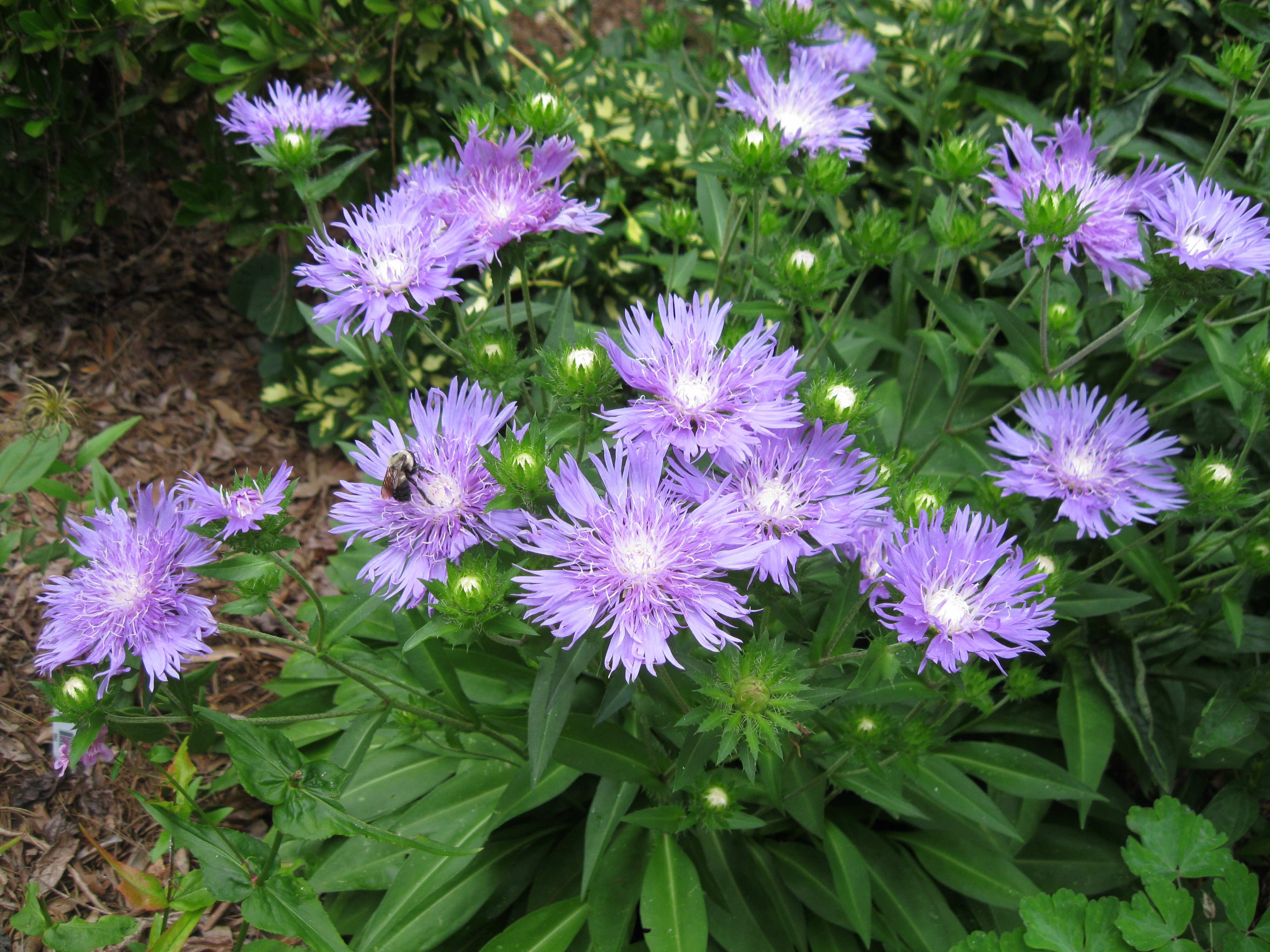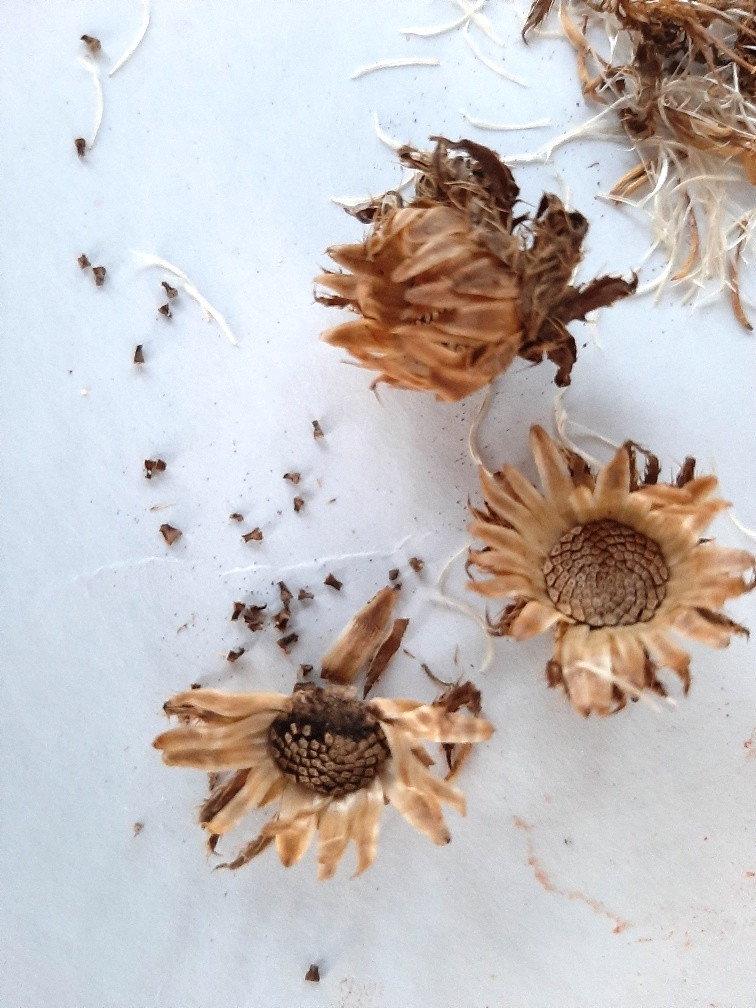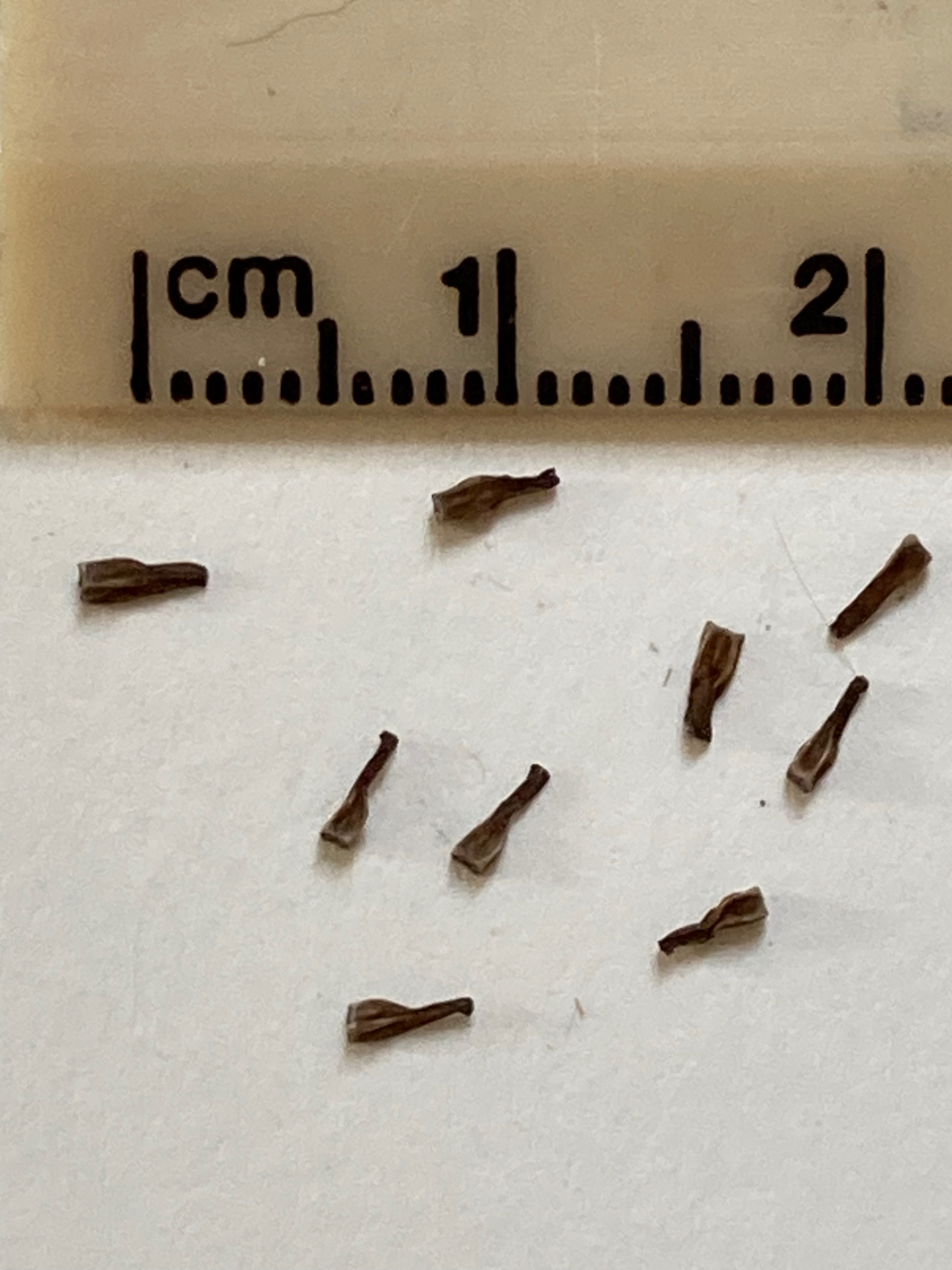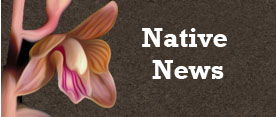NC Native Plant Society:
Plant Details
Stokesia laevis
Stokes Aster, Stokesia, Blue Stokesia, Stokes's Aster, Cornflower Aster
Scientific Name: |
Stokesia laevis |
|---|---|
Genus: |
Stokesia |
Species Epithet: |
laevis |
Common Name: |
Stokes Aster, Stokesia, Blue Stokesia, Stokes's Aster, Cornflower Aster |
Plant Type |
Herb/Wildflower |
Life Cycle |
Perennial |
Plant Family |
Asteraceae (Aster Family) |
Native/Alien: |
S.E. Native |
Invasive Status: |
(*Key) |
Size: |
1-3 ft. |
Bloom Color(s): |
Pink, Purple |
Light: |
Sun - 6 or more hours of sun per day, Part Shade - 2 to 6 hours of sun per day |
Soil Moisture: |
Moist, Wet |
Bloom Time: |
June, July, August |
Growing Area: |
Piedmont |
Habitat Description: |
Native in pitcherplant bogs and moist pinelands of FL, GA, and SC, rather frequently grown as a garden plant and naturalized from cultivation at least in NC. While Weakley shows it only as a waif in NC, USDA PLANTS shows it as native in Guilford County. Vascular Plants of NC gives it a ranking of State Endangered. |
Leaf Arrangement: |
Alternate, Basal |
Leaf Retention: |
Evergreen |
Leaf Type: |
Leaves needle-like or scale-like |
Leaf Form: |
Simple |
Life Cycle: |
Perennial |
Wildlife Value: |
Has some wildlife value |
Landscape Value: |
Highly Recommended and Available |
State Rank: |
(*Key) |
Global Rank: |
G4 - Apparently Secure (*Key) |
State Status: |
(*Key) |
Notes: |
Cultivars available. |
|
Flower head beginning to unfurl garden in Orange County, NC
Bettina Darveaux |
|
|
Close-up of large (2-2.5 inches) flower head garden in Orange County, NC
Bettina Darveaux |
|
|
The colors are spectacular when backlit garden in Orange County, NC
Bettina Darveaux |
|
|
Growth habit- plant grows from 1 to 2 ft tall garden in Orange County, NC
Bettina Darveaux |
|
|
DeKalb County, GA, cultivated
Larry Mellichamp |
|
|
The numerous 3- or 4-sided achenes, maturing to brown, are surrounded by the papery bracts from the flower head. Mecklenburg County, NC -cultivated
Theresa Morr |
|
|
Close-up of the harvested achenes. Orange Co., NC., -cultivated
Bettina Darveaux |
|
Links: |
https://auth1.dpr.ncparks.gov/flora/plant_list.php https://plants.ces.ncsu.edu/plants/stokesia-laevis/ https://www.wildflower.org/plants/result.php?id_plant=STLA6 |
back to top
go to plant details search
go to plant images search
go to gallery home
back to Initial s Gallery
back to orchids
back to Carnivorous Plants
back to Trilliums



